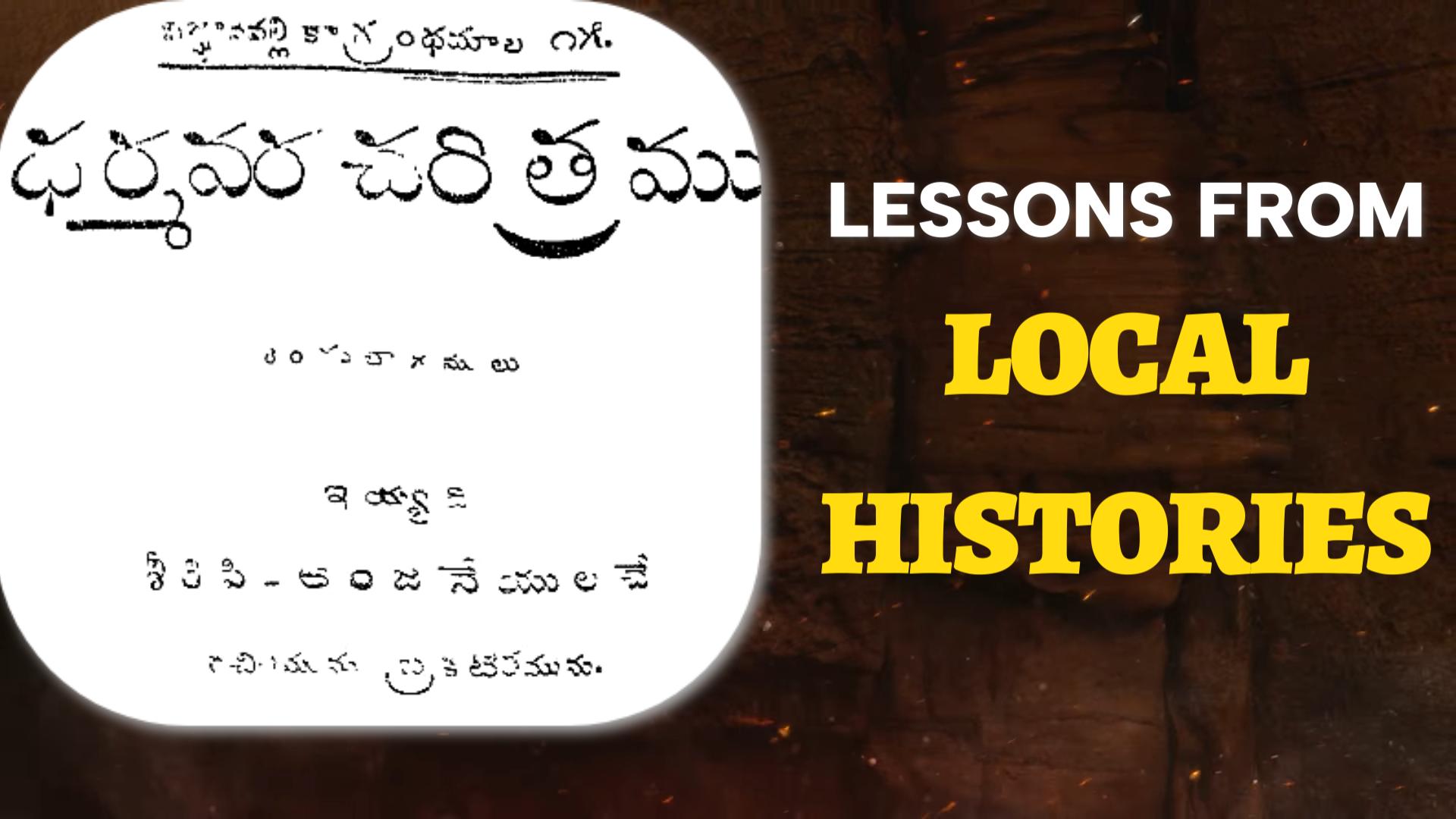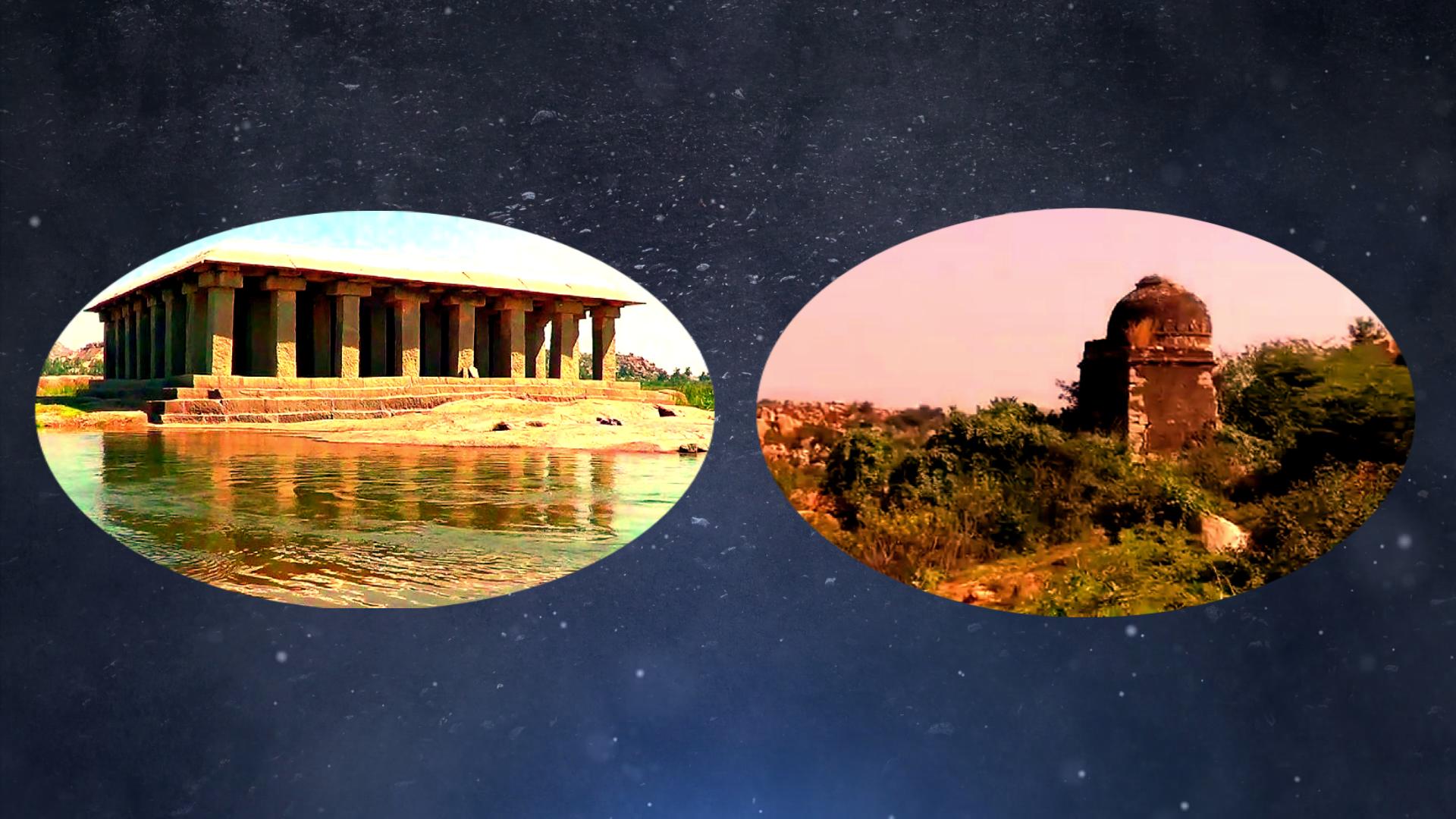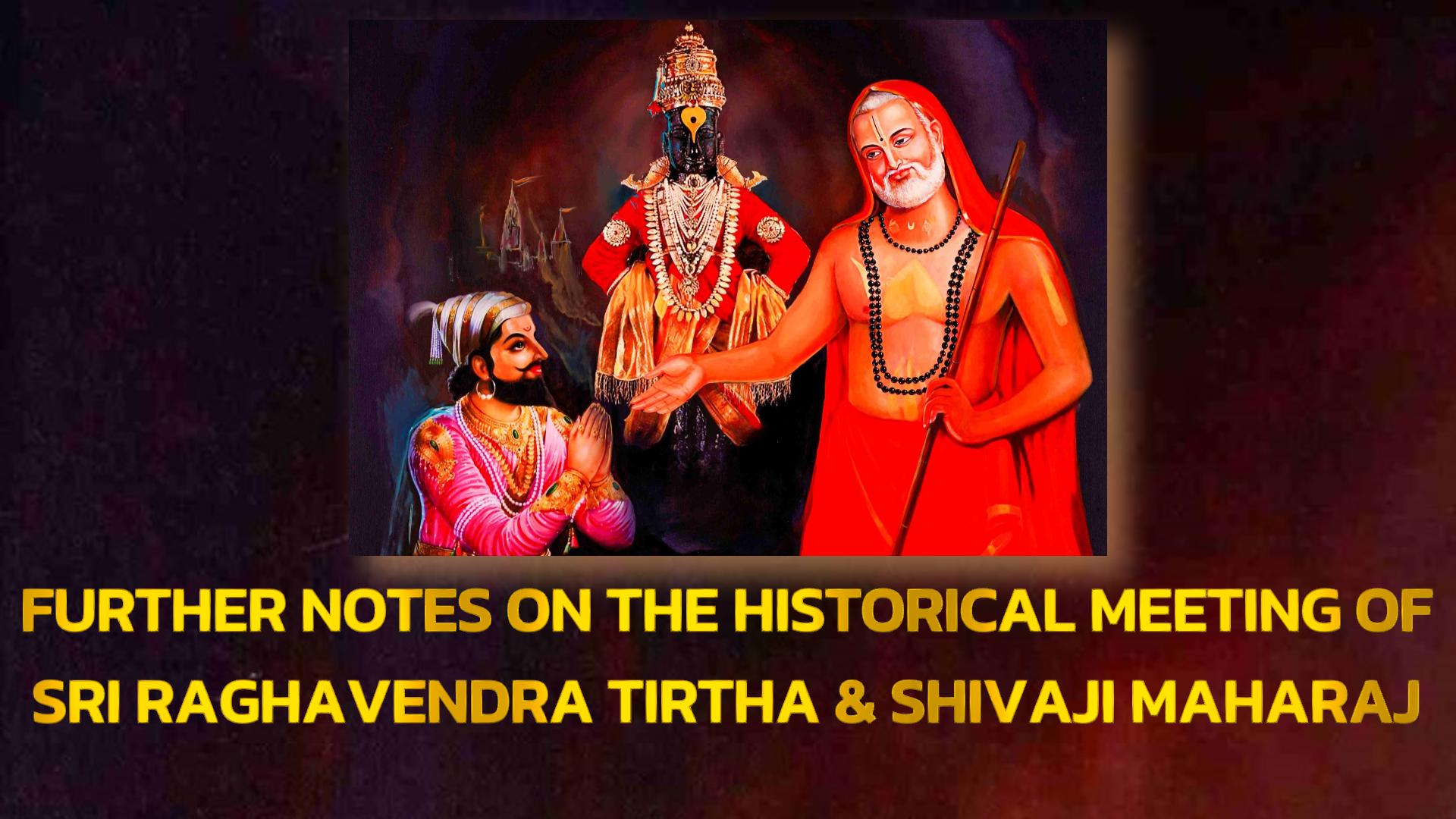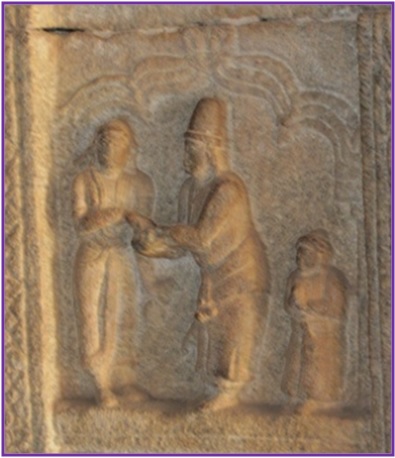THE DATE OF CONSTRUCTION OF VITTHALA TEMPLE AT VIJAYANAGARA BY N. VENKATARAMANAYYA
By N. Venkataramanayya
Published in: The Journal of Oriental Research Madras Vol. XVI, 1946-47
Nearly half a century ago, Robert Sewell stated, in his well known history of Vijayanagara, A Forgotten Empire, that Emperor Krishnadevaraya built in his capital temples dedicated to gods, Hazara Ramasvami and Vitthalasvami.
“In the same year (i.e. AD. 1513),” says here, “he commenced the temple of Hazara Ramasvami at the palace, the architecture of which leads Mr. Rea to think that it was not finished till a later period.”
“He also appears to have begun the construction of the temple of Vitthalasvami on the river bank, the most ornate of all the religious edifices of the kingdom…The work was continued during the reign of Krishnadeva’s successors, Achyuta and Sadasiva, and was probably stopped only by the destruction of the city in 1565.”
These statements have been accepted as true by all writers on the subject ever since, though there is no evidence in support of them.
*****
TEMPLE OF VITTHALA OF HAMPI
In the temple of Vitthalasvami there are nine inscriptions. O these, three, all dated S. 1435, Srimukha, Chaitra, Suddha 5, belong to the reign of Krishnadevaraya.
One of them “registers a gift of land by the king himself, made on the occasion of a solar eclipse for the merit of his parents Narasannayaka and Nagajamma.”
The other two register gifts of land by the king and his chief queens, Chinnadevi and Tirumaladevi, and mention incidentally that each of the queens built a gopura to the temple of Vitthalasvamin.
From these it is evident that the temple was already in existence at the beginning of Krishnadevaraya’s reign and that only two gopuras were added during the period of his rule.
Of the remaining six records, one belongs to the reign of Achyutadevaraya and the rest to that of his nephew Sadasiva. None of these, however, reers to any addition to the temple.
Literary evidence, on the other hand, clearly indicates that Vitthala temple is an earlier foundation, dating back at least to the time of Devaraya-II.
In the introduction to his Uttara Narasimha Puranam, Haribhatta, an elder contemporary of Krishnadevaraya, states that Proluganti Tippa, one of the generals of Devaraya-II built a gopura to the temple of God Virupaksha and a bhoga mantapa to the God Vitthalapati; and presented a valuable crown to the God Raghunatha of the Malyavanta, and a pearl necklace to the God Virabhadra of the Matanga hill.
This is corroborated by the evidence of Tallapakam Annamacharya (AD 1508-1503) who composed a samkirtana in the praise of the God Vitthala of Vijayanagara and his spouse Rukmini.
The Samkirtana in question may be paraphrased into English thus —
TUNE – Lalita
Pallavi: To be sure, Vitthala is a gallant. There! he has returned from his (amorous) visits to sundry places.
Charana 1: In the waters of the Tungabhadra, Vitthala swims with women, diverting himself with the mad sports of love. Under the shade of the lofty trees of the pleasure gardens, Vitthala amuses himself laughing in the company of women.
Charana 2: Excited by love, Vitthala wanders throughout the whole length of the car street, inviting women to come into his dark chamber. Unable to carry on the amour, behold! Vitthala partakes in a hundred feasts in the mountain valleys.
Charana 3: Behold! Vitthala scatters his boons in every quarter of the city of Vijayanagara. Having come from the holy Venkata hill, Vitthala and Rukmini reside in their temple.
This Samkirtana, composed probably about the middle of the 15th century AD not only alludes to the temple of Vitthala at Vijayanagara but also to several festivals such as the bathing festival, rathotsava, paruveta etc.
As the author of the samkirtana died six years before the accession of Krishnadevaraya, it disposes once for all of the theory that Krishnadevaraya built Vitthala temple.
It also sets at rest the belief that Krishnadevaraya, during one of his northern campaigns, brought the image of Vitthala from Pandharapur and installed it in his capital; for the last Charana of the samkirtana explicitly states that Vitthala and his spouse Rukmini came to Vijayanagara not from Pandharpur but the holy hill of Venkata in the Chittoor district.
*****




